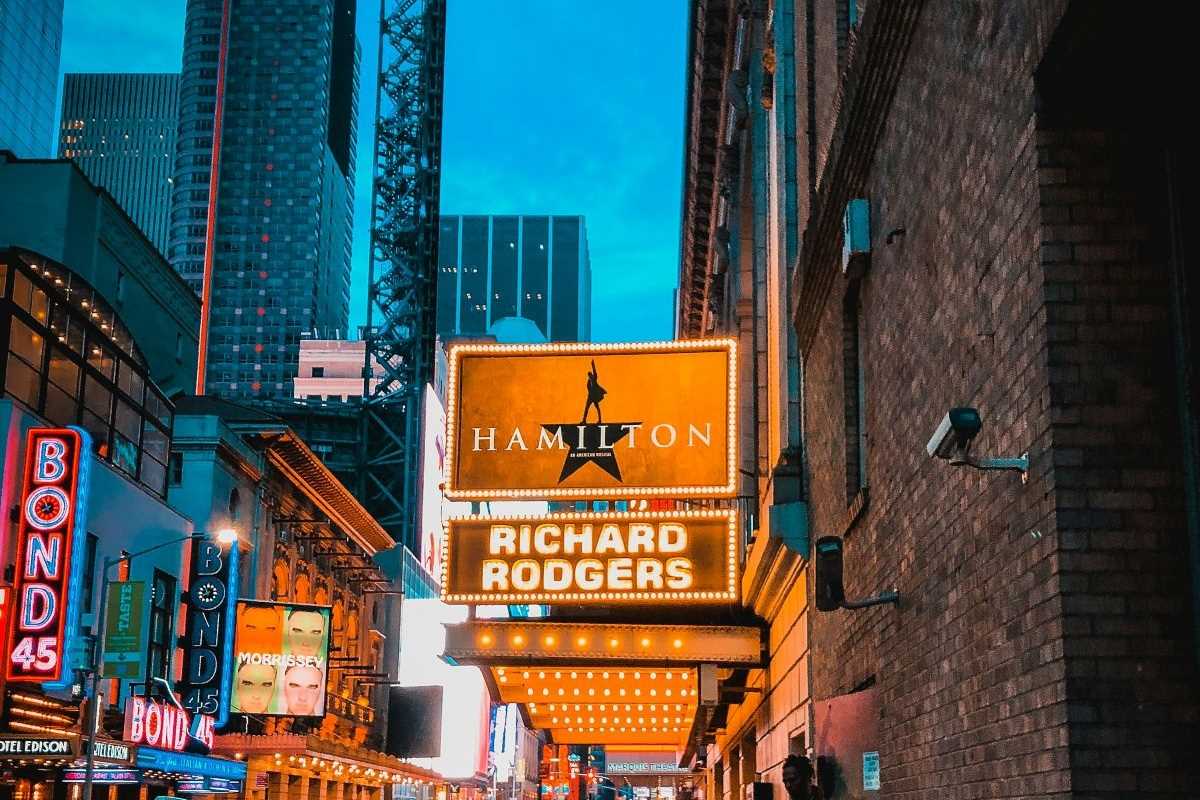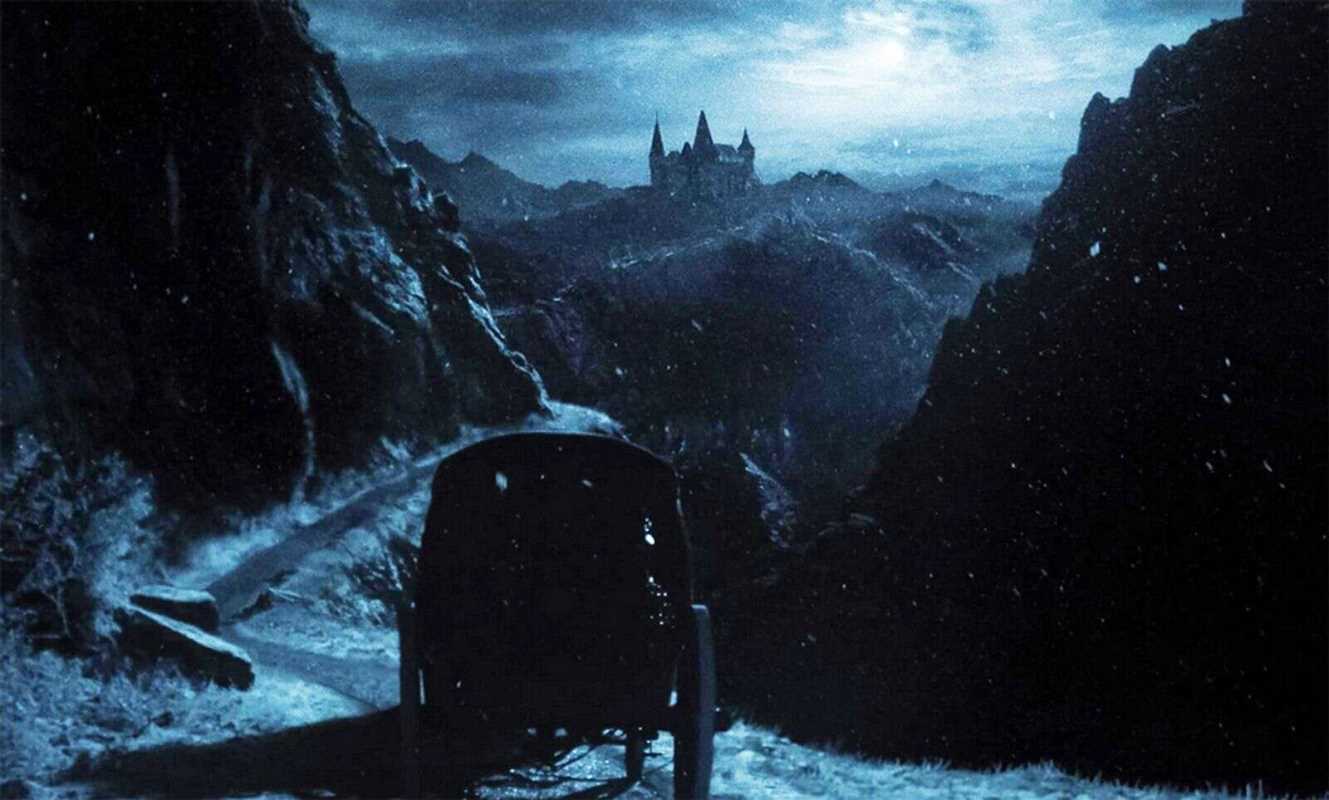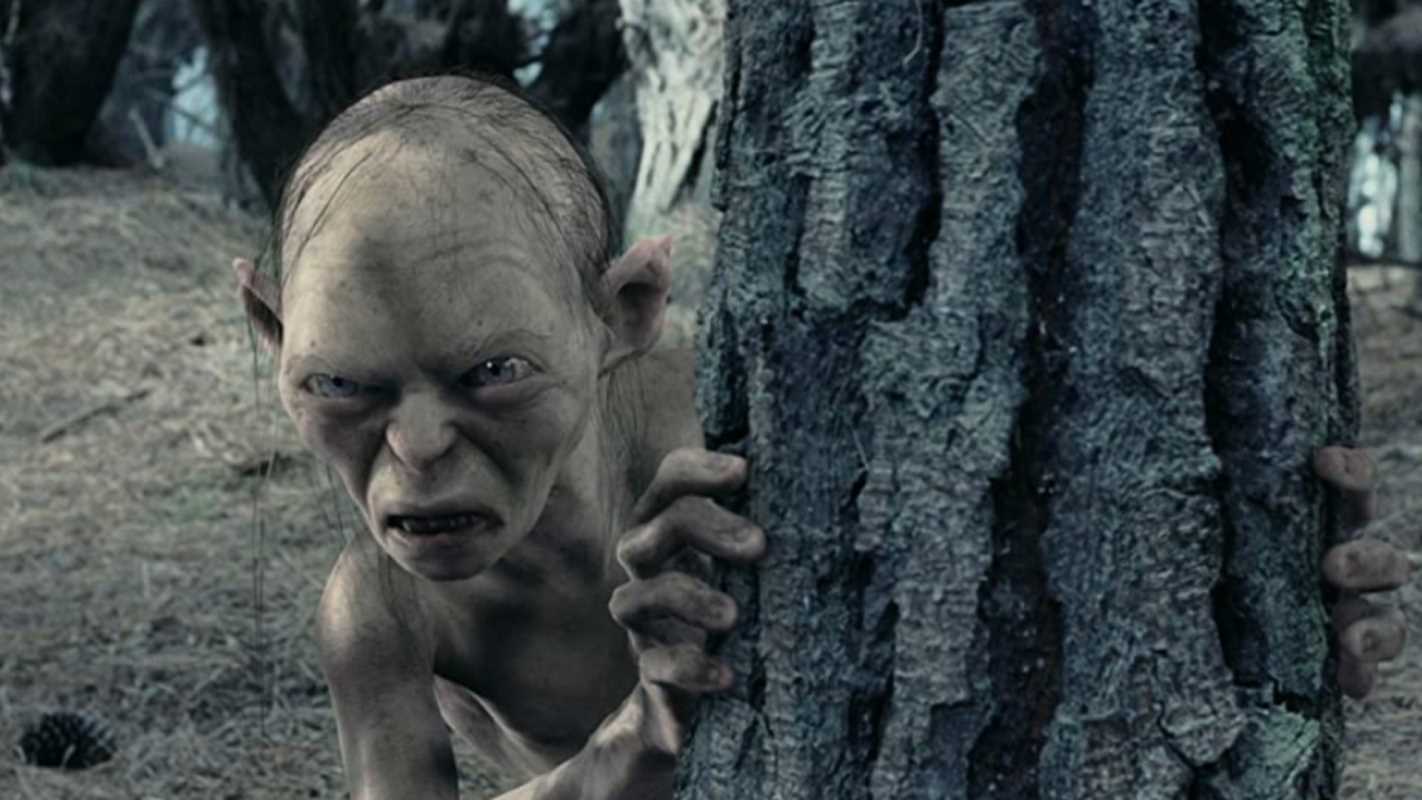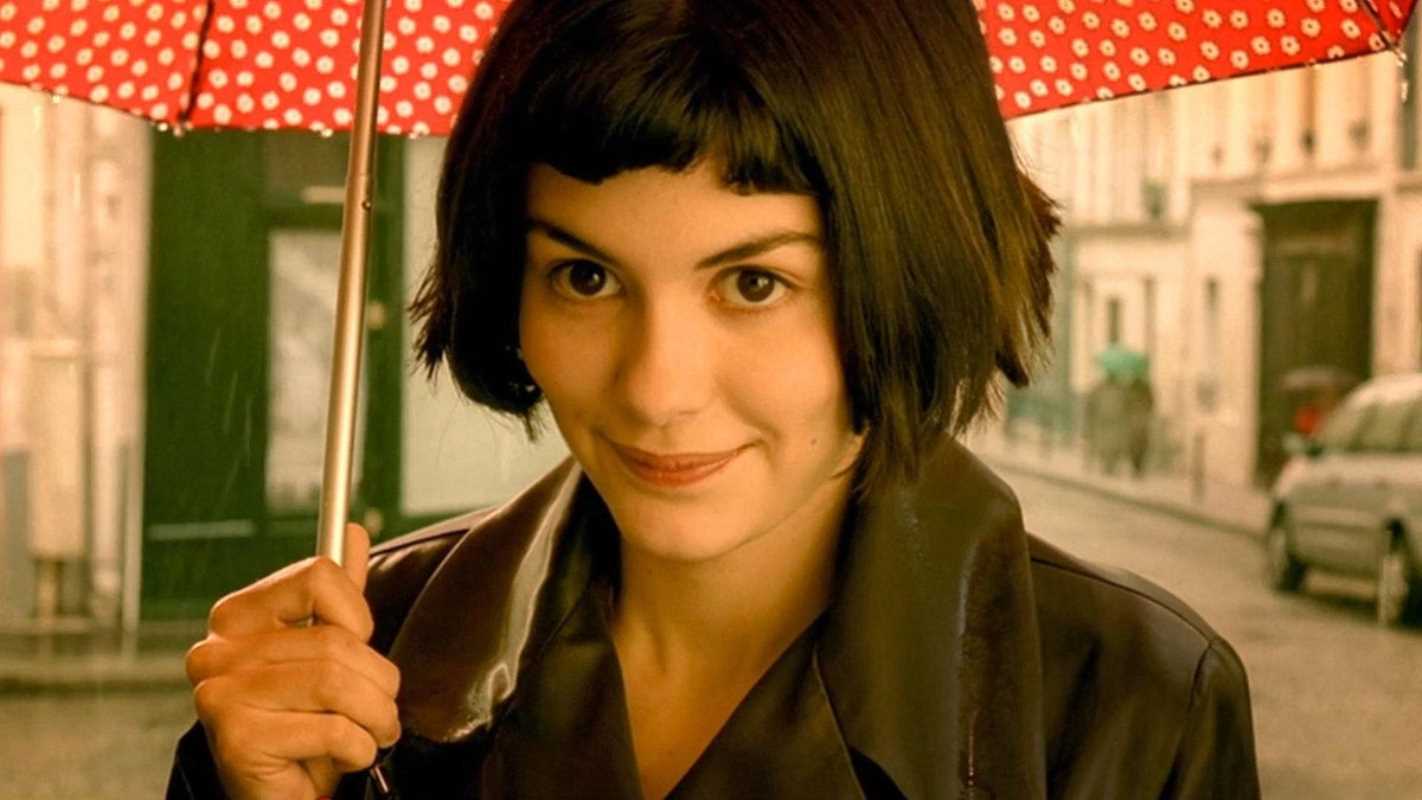In the disciplines of theatrical production and filmmaking, the set is a dynamic medium for narrative progression. A set transformation—a significant, often dramatic, alteration of the physical environment—represents a pinnacle of design and engineering. Such moments are crafted to manipulate the audience's perception of time and space, amplify thematic content, and serve as pivotal storytelling events. This analysis will examine several definitive examples of set transformation, including the barricade in the stage production of Les Misérables, the shifting environments of Inception, and the stagecraft of Harry Potter and the Cursed Child, to illustrate their technical complexity and narrative impact.
The Technical and Narrative Function of Set Transformation
A successful set transformation is a seamless integration of artistic vision and mechanical precision. Its primary function is to advance the narrative in a way that dialogue or action alone cannot. In live theater, these changes must often occur in full view of the audience, requiring sophisticated automation, hydraulics, and manual choreography to create an effect that feels both magical and purposeful. In film, the process allows for digital and practical effects to merge, constructing impossible architectures and fluidly altering reality. In both mediums, these transformations are the result of an exacting collaboration between directors, production designers, and technical crews, all working to create moments of profound visual and emotional impact.
Les Misérables: The Rotating Barricade
The stage production of Les Misérables, particularly in its original staging by John Napier and director Trevor Nunn, features one of the most iconic set transformations in modern theater history: the assembly and rotation of the barricade. This structure is not merely a piece of scenery; it is a central character in the musical's second act. Comprised of a chaotic assemblage of furniture, carts, and debris, the barricade is constructed onstage by the student revolutionaries, creating a tangible symbol of their uprising.
The transformation's most significant moment is its rotation. The entire structure, weighing several tons, is mounted on a large turntable. This allows the set to revolve, offering the audience different perspectives on the battle. One moment, we are facing the revolutionaries, sharing their defiant hope; the next, the barricade turns, and we see the empty street from their point of view, awaiting the army's inevitable assault. The rotation is also used to reveal the aftermath of the battle, a somber tableau of the fallen. This mechanical feat is a masterful storytelling device, manipulating perspective to heighten tension, underscore the claustrophobia of the siege, and powerfully convey the tragic outcome. It remains a benchmark for how kinetic set design can deepen a narrative's emotional core.
Inception (2010): The Shifting Hotel Corridor
Christopher Nolan's Inception is a film built upon the premise of architectural manipulation within the dream world. Production designer Guy Hendrix Dyas was tasked with creating physical sets that could achieve the logic-defying transformations described in the script. The most memorable of these is the zero-gravity fight sequence in a hotel corridor. Rather than relying solely on digital effects, the production team constructed a massive, rotating set.
A 100-foot-long hotel hallway was built inside a series of enormous, concentric steel rings, allowing the entire structure to rotate 360 degrees. Cameras were mounted to the floor and ceiling to rotate with the set, creating the illusion that the actors were effortlessly walking on walls and ceilings. This practical approach presented immense technical challenges, requiring precise engineering and rigorous physical training for the actors. The result is a sequence of extraordinary visceral impact. The physical reality of the rotating set lends a weight and authenticity to the action that would be difficult to achieve with computer-generated imagery alone. The transformation of the hotel corridor is a definitive example of how practical effects and ambitious set construction can create a truly disorienting and unforgettable cinematic experience.
Harry Potter and the Cursed Child: A World of Theatrical Magic
The stage production of Harry Potter and the Cursed Child presents a unique challenge: translating the boundless magic of the wizarding world to the physical limitations of the stage. The production, designed by Christine Jones, achieves this through a series of breathtaking set transformations that prioritize clever stagecraft over overt technology. The entire production is a masterclass in theatrical illusion, where transformations happen with astonishing speed and fluidity.
The sets are deceptively simple in their core design, utilizing a dark, vaulted proscenium that evokes a grand train station. From this foundation, scenes transform through meticulously choreographed movement of set pieces, staircases, and performers. For instance, the transition into the Ministry of Magic is accomplished through actors emerging from fireplaces, accompanied by pyrotechnic flashes and billowing smoke. The shifting staircases of Hogwarts are created by large, wheeled stair units that are gracefully moved by the ensemble, creating a kinetic and ever-changing landscape. The magic is not in complex automation but in the precise execution of traditional stage techniques, from trapdoors and lighting effects to the seamless integration of cast movements. These transformations serve to immerse the audience completely in the magical world, proving that theatrical ingenuity can create illusions as powerful as any digital effect.
 (Image via
(Image via





